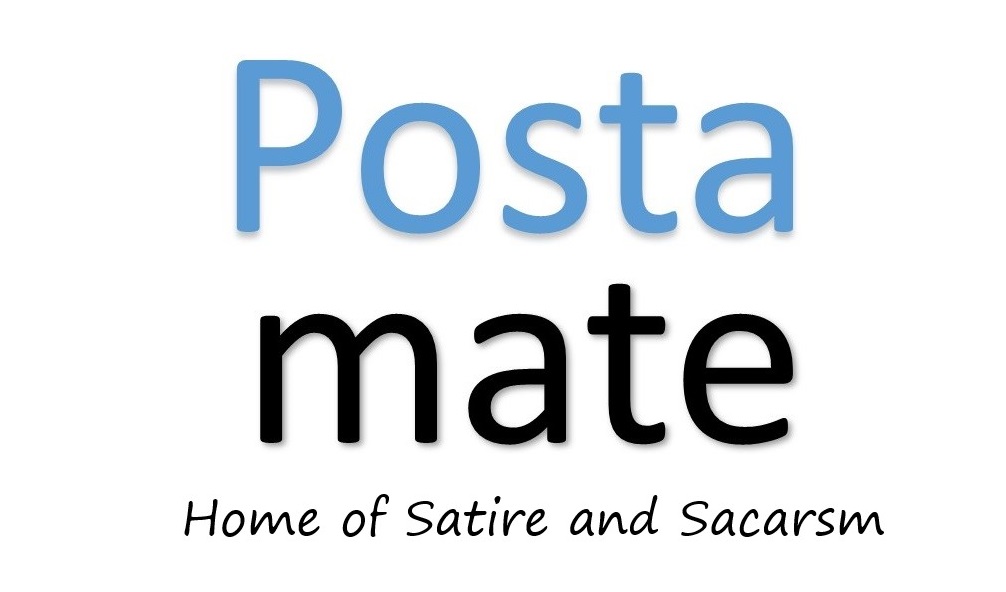The United States Agency for International Development (USAID) is facing mounting criticism over its multi-billion-dollar sanitation initiative, Flush Flats, a towering complex of high-rise buildings in Nairobi designed to address the city’s dire lack of toilet facilities in informal settlements. Launched two years ago with a staggering $4.7 billion budget, the project has transformed the skyline with its sleek, modern towers, each housing thousands of state-of-the-art flush toilets. Intended to serve the estimated 60% of Nairobi’s population living in slums, Flush Flats was hailed by USAID as a revolutionary step forward in urban sanitation infrastructure.
The Flush Flats complex, located on the periphery of Nairobi’s largest informal settlements, consists of multiple 20-story buildings, each containing approximately 5,000 advanced flush toilets equipped with automated flushing systems, antimicrobial surfaces, and solar-powered energy solutions. USAID officials have touted the project as a sustainable and scalable model, designed to combat the pervasive health risks posed by open defecation and overburdened pit latrines. Since its completion last year, the towers have become an unmistakable feature of the city, their glass facades glinting in the sun as a symbol of international development ambition.
Loo Lodge
However, nearly a year into its operation, Flush Flats is under scrutiny for its accessibility challenges. Residents of the informal settlements it serves—many of whom lack even basic sanitation at home—must travel an average of two kilometers to reach the nearest tower. For women and children, who often rely on these facilities after dusk, the journey involves navigating poorly lit, unpaved paths, raising significant safety concerns. Local resident Mary Wambui, a mother of three, expressed frustration in an interview with this outlet: “The toilets are clean and modern, but walking two kilometers at night with my children feels like a punishment, not progress.”
USAID data indicates that Flush Flats has served over 200,000 users monthly since opening, a figure the agency cites as evidence of success. The towers feature motion-sensor lighting, voice-activated hygiene assistants, and water recycling systems, reflecting a high-tech approach to a basic need. Yet, the centralized design has led to logistical bottlenecks. Long queues have become a daily occurrence, with wait times stretching up to three hours during peak evening hours. Some residents have resorted to sleeping outside the facilities to secure a spot, while others have abandoned the trek altogether, reverting to less sanitary alternatives closer to home.
Restroom Residences
Community leaders had questioned why USAID opted for a single, consolidated complex rather than distributing smaller toilet blocks throughout the settlements. In response, USAID’s sanitation program director defended the project’s design: “By concentrating resources, we’ve achieved economies of scale and created a lasting infrastructure legacy. Decentralized units would have diluted the impact and strained maintenance budgets.” He added that the agency is exploring solutions, including a pilot shuttle service and the distribution of solar-powered flashlights to improve nighttime access.
The project has spurred some unexpected economic activity. Enterprising locals have set up food stalls, chair rentals, and even guided walking tours near the towers, capitalizing on the influx of visitors. However, these developments do little to address the core issue of distance. Women’s groups have called for additional security measures along the routes, citing reports of harassment and theft during late-night walks to the facilities.
Flush Flats remains a polarizing endeavor. For USAID, it represents a bold investment in Nairobi’s future, with plans for a Phase II expansion already under discussion. Critics, however, argue that the billions spent on this high-rise sanitation spectacle could have been better allocated to more practical, community-centered solutions. As the project faces an uncertain future over the USAID shutdown, its legacy hangs in the balance— heralded as a modern marvel by some, yet a stark reminder to others that even the grandest infrastructure can fall short if it fails to meet people where they are.








